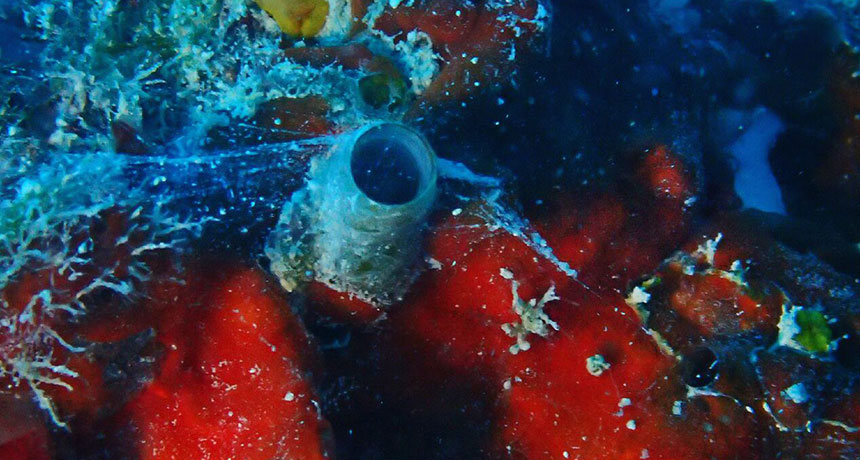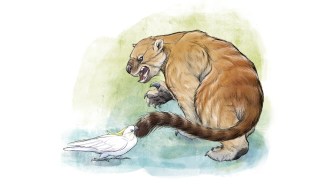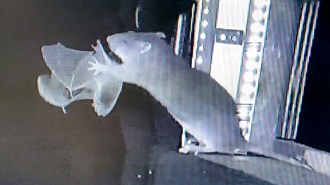New worm-snail is a super slimer
Invasive species in Florida Keys shoots ‘copious amounts of mucus’ to catch prey

DOWN THE HATCH Thylacodes vandyensis, a new species of worm-snail named after the ship it was found on, oozes out a mucus web to trap prey. It then reels the web back in, eating both prey and the web itself.
© Rüdiger Bieler/The Field Museum







